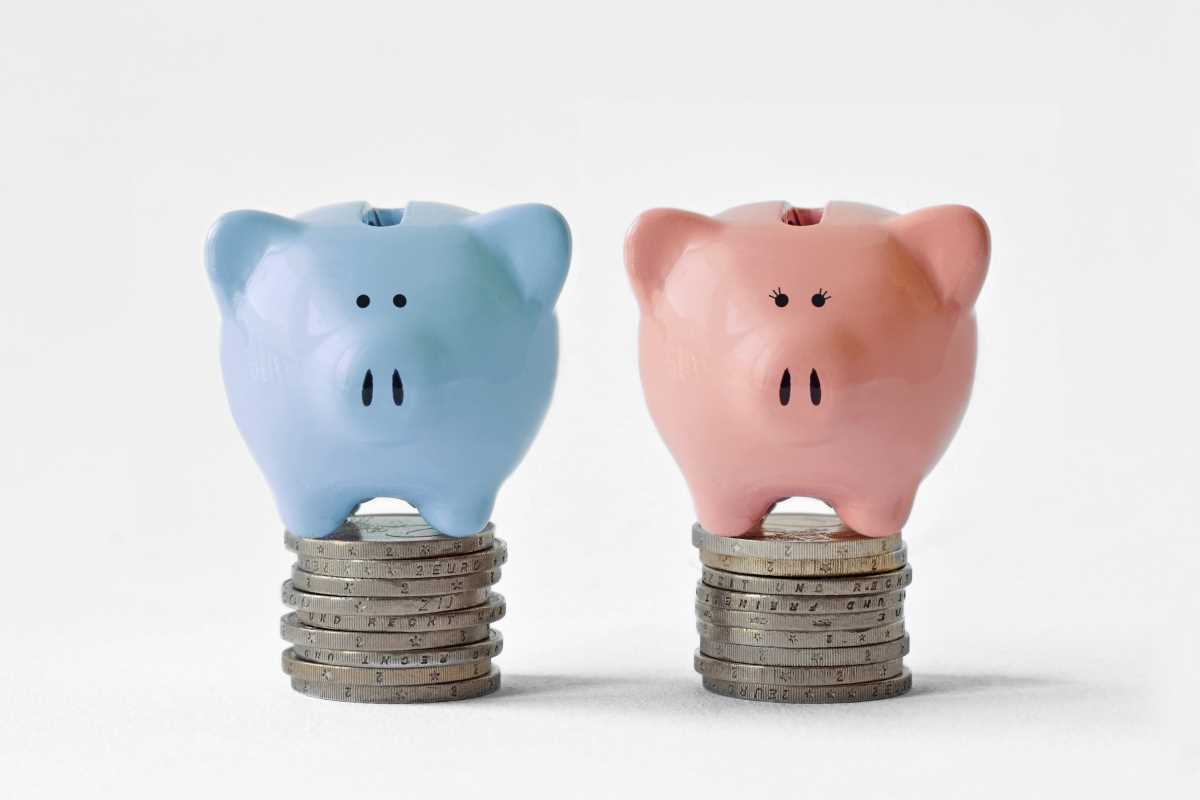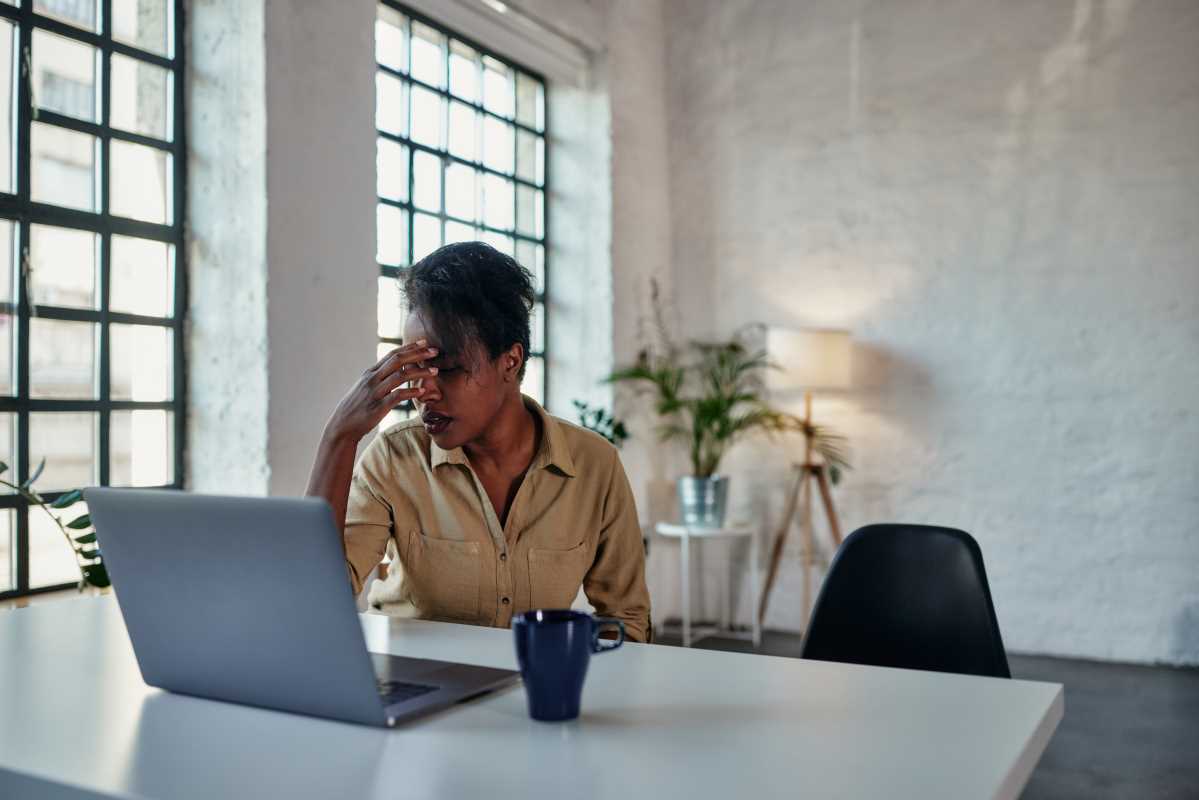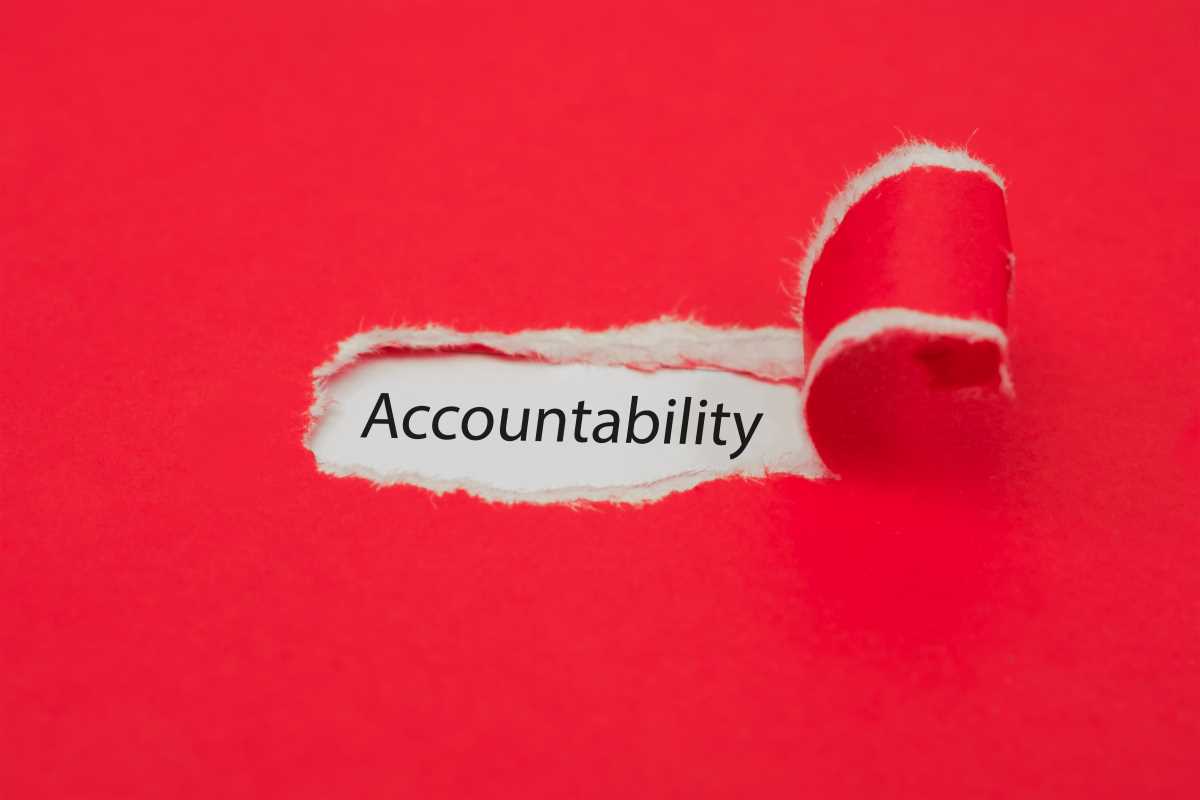Today, social media influencers and grassroots activists often play very different roles in the fight for human rights. Influencers reach millions of people online, while activists focus on leading protests, organizing campaigns, and taking action in communities. Both groups are important, but they operate in different ways, face different challenges, and bring unique advantages. By looking at what they do well and where they fall short, we can figure out how they might work together to create real change.
Influencers and Their Role in Human Rights
Many influencers in 2025 are branching out from fashion, fitness, or entertainment to talk about big issues like human rights. For example, Ayesha Carter-Jones, with her massive following on Instagram, uses her platform to highlight gender equality and environmental justice. Rafael Ortega, a tech-focused YouTuber, talks about internet censorship and freedoms in different countries. These influencers can shine a spotlight on important issues that the average person might not see in their daily life.
One big strength of influencers is their ability to reach millions of people quickly. A single video or post can go viral, spreading awareness about issues like climate change, refugee crises, or discrimination in only a few hours. For example, when political unrest escalated in South Asia earlier this year, influencers like Priya Malhotra shared stories from the affected communities, helping to raise donations and global attention.
What’s Wrong with Influencer Activism?
Even though influencers can be helpful, they also face criticism. Sometimes, they focus more on looking good than actually helping the cause. This is called "performative activism." A good example is when several influencers visited migrant camps in Europe but only took photos and didn’t offer real support or follow through with actions later. This made it look like they used the situation for attention rather than to make a difference.
Another problem is misinformation. Many human rights issues are complex, and if influencers don’t fully understand them, they can accidentally share oversimplified or wrong information. Earlier this year, an influencer campaigned for sanctions against a Middle Eastern country without realizing how much harm those sanctions could bring to regular people living there.
Additionally, some influencers treat activism like a business opportunity. They might combine their advocacy with paid sponsorships, raising questions about their true motives. For instance, influencers have spoken out against fast fashion while partnering with brands tied to unethical practices, creating a disconnect between their words and actions.
Activists on the Ground
Activists, on the other hand, work directly in the communities they’re trying to help. They organize protests, build awareness at a local level, and lobby for policy changes. People like Sarah Okonkwo in West Africa, who led protests against corruption, and Omar Yılmaz in Turkey, who helped refugees, show what it takes to make meaningful change.
Unlike influencers, activists often face danger, especially in countries with strict governments. They might be arrested, injured, or worse for their work. Their commitment stands out because they’re genuinely tied to the people and places they’re fighting for. However, activists can struggle to get attention on a global scale. A protest in one city might not even make the news unless someone with a larger platform helps amplify it.
The Good Side of Influencers
Even with their flaws, influencers can do a lot of good in the world of human rights. First, they can introduce issues to their followers in a way that’s easy to understand. This is helpful because some people might avoid complicated discussions about politics or global issues unless they’re explained simply.
Second, influencers can raise large amounts of money for causes. Fashion influencer Lana Greco, for example, helped crowdfund millions of dollars in just one week for anti-trafficking organizations. Donations like this can make a massive impact in solving urgent problems.
Last, influencers can help normalize talking about human rights. When influencer Nicole Zhang posted about the struggles of LGBTQ+ asylum seekers, it sparked conversations that might not have happened otherwise. Making these issues part of everyday discussions helps keep them in the public eye.
Bringing Influencers and Activists Together
To make the biggest impact, influencers and activists need to work together. First, influencers should take the time to learn about the issues they’re promoting. Working closely with activists would help them understand the complex stories behind the headlines so they can share accurate and meaningful messages.
Second, influencers can use their platforms to elevate activists. This might mean featuring activists in videos, interviewing them, or sharing their protests and initiatives with larger audiences. For example, when activist Nia Franklin teamed up with influencer Rafael Ortega to raise awareness about government surveillance, their combined efforts reached millions of people.
Influencers can also help by directing resources to the right places. Promoting verified fundraising campaigns led by activists ensures that donations go where they’re needed most. Transparency is key so followers trust their contributions make a difference.
Finally, collaborative campaigns combining the talents of both groups could have a huge impact. Influencers could handle online outreach and education, while activists focus on direct action and policy change. By working in unison, they can tackle human rights issues from multiple angles, ensuring a more well-rounded and effective approach.
Together for Change
At their core, both influencers and activists want to create a better world. Influencers bring attention and energy, while activists bring depth and direct action. When they rely on each other’s strengths and combine their efforts, they have the potential to tackle even the biggest challenges.
The key is for influencers to focus on authenticity and education, while activists can use the tools and reach of social media to amplify their messages. If both groups work together, they can turn awareness into action and create lasting change for human rights worldwide.
 (Image via
(Image via





